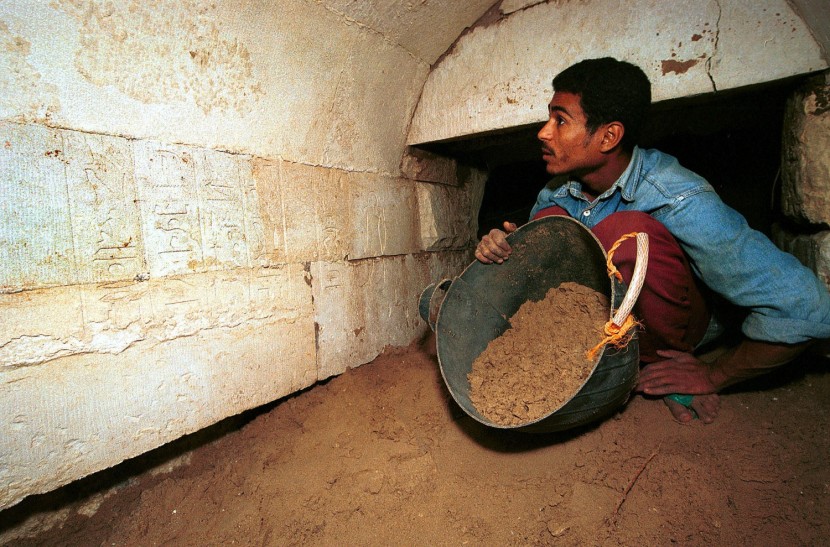
Archeologists working on a 2,400-year-old Pharaoh's Grand Temple have encountered strange inscriptions that are yet to be analyzed. This is the first instance of finding such specimens, or there might be others in antiquities yet to be discovered.
Research into the ancient civilization of Egypt has been going on for a long time, but there are more ruins or artifacts to be discovered. Finding the inscribed characters shows there is more to be discovered in found and yet to be found ruins.
Egyptologists discover strange inscriptions
The group of Egyptian and German scholars working in the Matariya archeological site came across the hieroglyphs in the Pharaoh's temple. Matariya millennia earlier is part of the Heliopolis center, which was the capital of Lower Egypt, playing a role in the worship of deities, reported the Express UK.
Blocks and Fragments seen were of basaltic rock and are thought to be part of the west and north end of the King Nectanebi I's temple.
Scientists indicate from their inspection that the north part was extended to link up with a sanctuary to a central axis of the temple dedicated to the God of the Sun, Amun-Ra.
Egypt's Supreme Council of Antiquities, representative Ayman Ashmawy said the ancient writing had been deciphered to mention the 13th to 14th year when Nectanebo's rule lasted from 367-366 BC., cites the Daily Mail.
He spoke to Ahram Online, remarking that there were several blocks left incomplete and without any décor. All the work done on the temple was done after Nectanebo I died in 363 BCE.
Other detail about the Matariya site
Ayman Ashmawy added that other elements point to the project of Ramesses II, Merenptah, and last Apries who ruled in the last days of a pure Egyptian pharaoh, in 589-570 BCE. They were in the 2,400-year-old Pharaoh's Grand Temple, including the strange inscriptions.
One of the significant finds is a baboon statue, a pedestal with a part made of quartzite obelisk seen in the site. Artifacts were dated from the time of the Middle Kingdom, the rule of Pharaoh Osorkon from 925 to 890 BC, based on research.
The site also had a shrine for the God Shu and Tefnut, one of the goddesses of the Egyptian religion, and all were ordered to be accomplished by King Psamtik II in 595 until 589 BC was discovered. The oldest among the artifacts is a table for offering from the reign of Tuthmosis III during the 15th century BC.
In 332 BC was the time when Alexander the Great wrested control of Egypt from Persia 332 BC. The Thirtieth Dynasty was the last before the Persians conquered the civilization on the Nile.
Nectanebo mainly was fighting off the Persian Achaemenid Empire, trying to reconquer Egypt. During this period, he gave orders for many constructions in the kingdom, including the Temple of Isis located in Philae Island close to Aswan.
Another work was a small chapel or mammisi, which is part of a larger temple in Dendera that survived time from Upper Egypt.
The last days of the Dynasty were marked by the restoration of co-regency with one of his sons, Teos, whom he chose over Tjahapimu. Murder and betrayal come before Tjahapimu's son, Nakhthorheb, had usurped the throne.
He was the last native Pharaoh of the Egyptian empire. The strange inscriptions in the 2,400-year-old Pharaoh's Grand Temple tell this story. More secrets will be uncovered as ruins are found.








